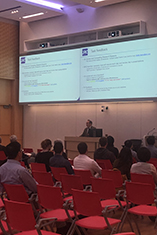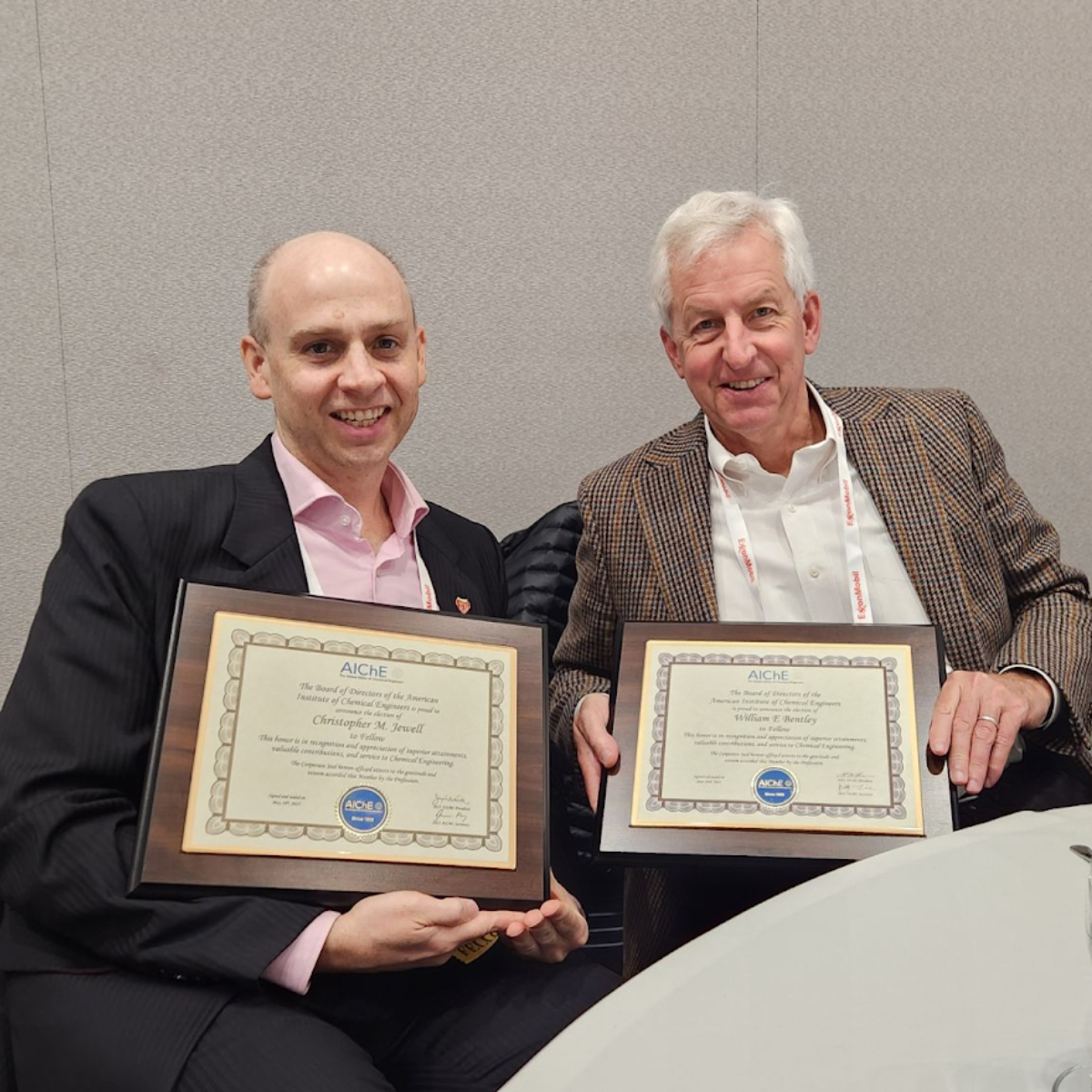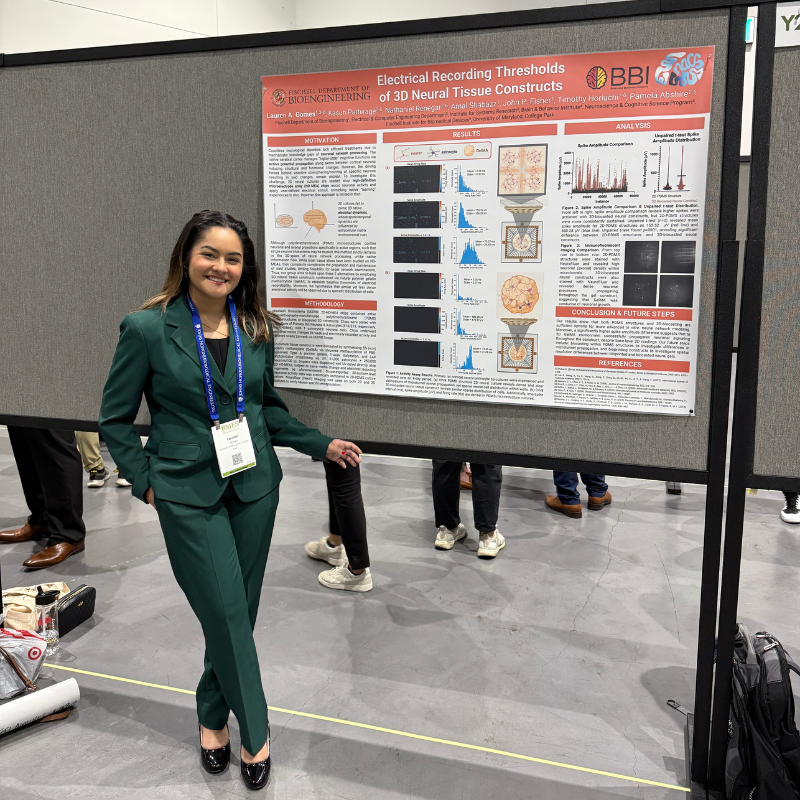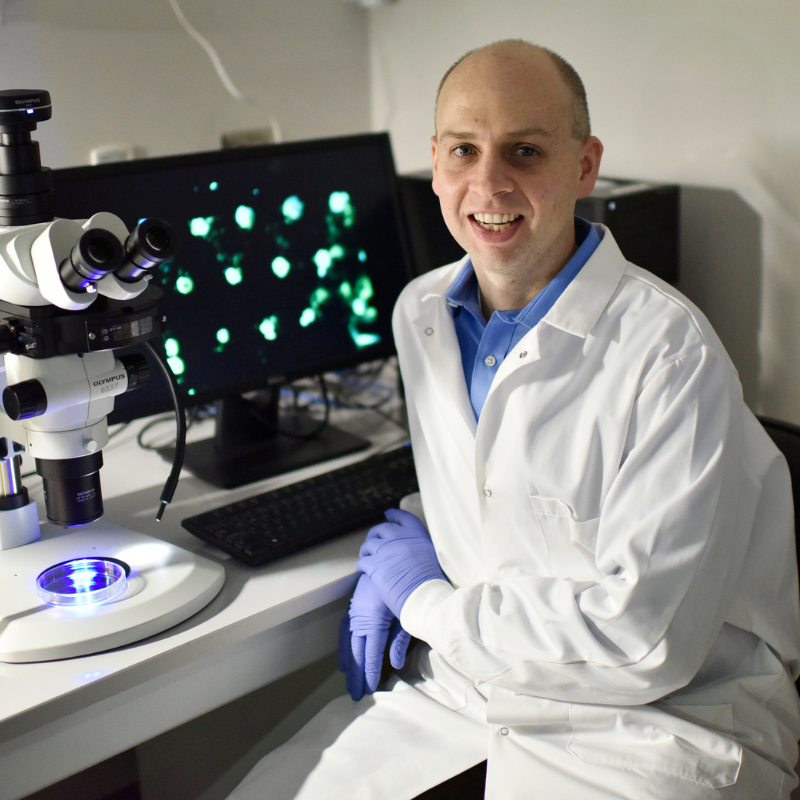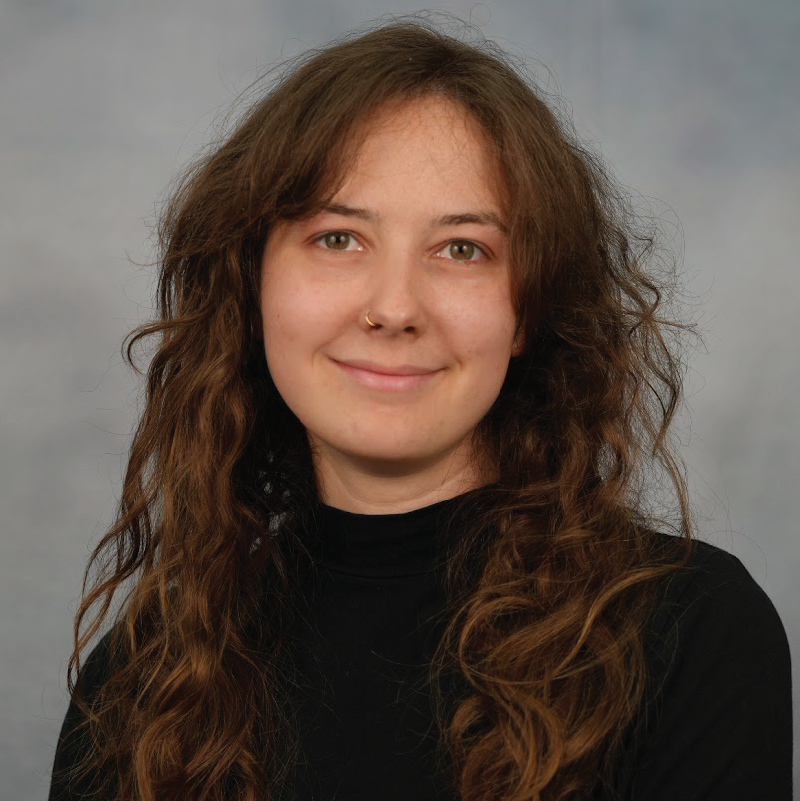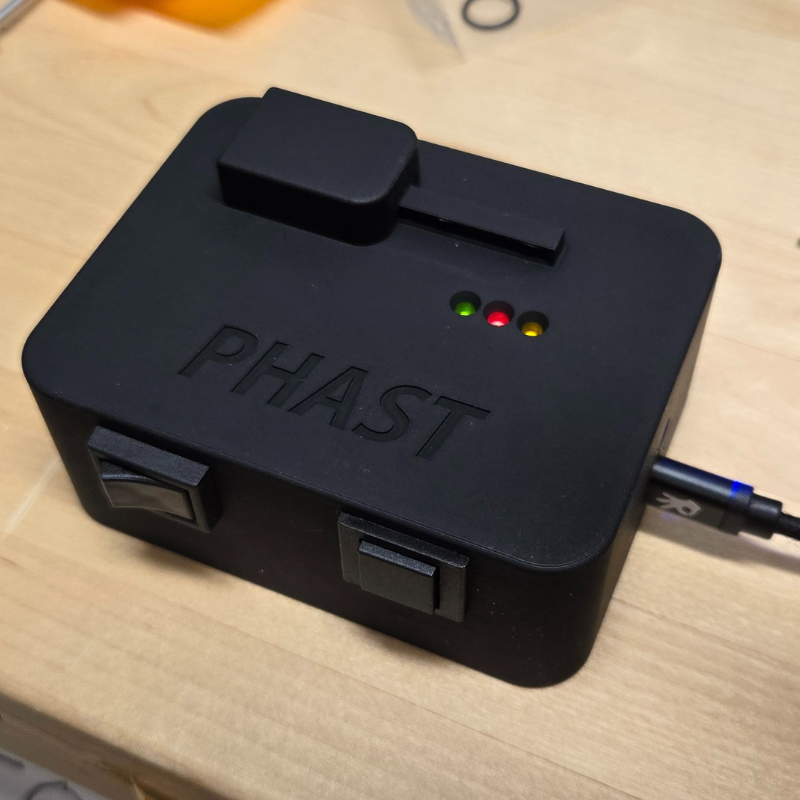News Story
Adams' Synthetic Biology Tools for Military Relevant Microbes
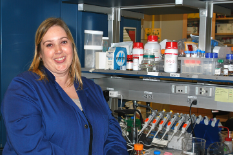
Bryn Adams, Ph.D.
Bryn Adams, Ph.D., works as a research scientist for the U.S. Army Research Laboratory (ARL). She previously worked as a postdoctoral researcher in the Fischell Department of Bioengineering (BIOE) from 2009 to 2011 and is an affiliate member of the Robert E. Fischell Institute for Biomedical Devices.
Adams’ research at ARL is focused on moving synthetic biology out of the lab and into the field – specifically finding, cultivating, and developing synthetic biology tools for military relevant microbes.
“So many neat things have been done with E. coli – the lab rat of synthetic biology," says Adams. “But E.coli is not a robust, environmentally hardy bacteria that is capable of doing those functions outside of the lab. The challenge now becomes how do we, Army scientists, achieve that level of control and complexity in robust environmental organisms that we know very little information about? My work has focused on closing that gap, understanding how to make novel microbial hosts genetically tractable and exploring how to utilize them for biotechnology applications as it relates to protecting the Warfighter. I have a specific interest in biological sensors – using engineered microbes to report on their environment and hope to start seeing true biohybrid systems (where the biology is the brains of a device) in widespread use. As part of my job as a research scientist in synthetic biology and biotechnology, I am also very active in the policy aspect of engineered microbes in the environment to ensure that research and development in this area is carried out safely and strategically.”
The research scientist has been attracted to STEM from a young age, influenced by her mother’s career as a wildlife rehabilitator. Adams grew up surrounded by a menagerie of injured or adopted animals - from cats and dogs to skunks and pigs. “I think this experience laid the foundation for my appreciation for biological life and systems,” she says. “When I learned about DNA, that the same four nitrogenous bases build the vast variety of life on our planet from single celled microbes to plants to animals to humans, I was hooked.”
Adams earned her Ph.D. in Interdisciplinary Biology from the University of North Carolina at Charlotte before joining the BIOE National Research Council as a postdoctoral researcher in 2009. She worked for BIOE Professor and Fischell Institute Director William E. Bentley.
“A postdoc is a transitional period – where you are just beginning to establish yourself in your field and figuring out what your niche in the research world is,” Adams explains. The researcher’s dissertation work focused on environmental microbiology, and she wanted to develop skills in synthetic biology and genetic engineering in the context of bioengineering. “Dr. Bentley’s lab was the perfect place to do that, and the other faculty, staff, and students in BIOE were a great support system for that experience,” she says.
“It was as a BIOE postdoc that I began to understand the transformative capabilities of synthetic biology and how biological systems could be integrated into traditional devices that provide functionalities and capabilities traditional engineering and chemistry could never achieve – such as complex, atomic precision hierarchical assembly or replication for self-healing,” explains Adams. “As a research scientist at ARL, I can bring the synthetic biology and biohybrid systems experience from my time as a BIOE Postdoc and my graduate education in environmental microbiology together to do the foundational work in understanding how to make fieldable biohybrid systems utilizing engineered microbes. Capabilities like these keep the U.S. Warfighters well-equipped, informed and protected in modern operational environments and will ensure U.S. dominance in the biotechnology-based defense arena.”
The Fischell Institute values its long-standing relationship with ARL. Several of Adams’ colleagues are BIOE graduates, and the Fischell Institute has facilitated many close collaborations between other Department of Defense service labs and defense industry leaders. “The connection between the people and research interests have grown since my time at the lab,” says Adams.”I think there is an opportunity space between the two institutions to leverage what we each do best in coordinated projects and programs to really advance the state of the art in synthetic biology and biohybrid systems. I look forward to fostering collaborations in the development of research and technology outcomes, as well as the next generation of scientists.”
Published May 26, 2020
